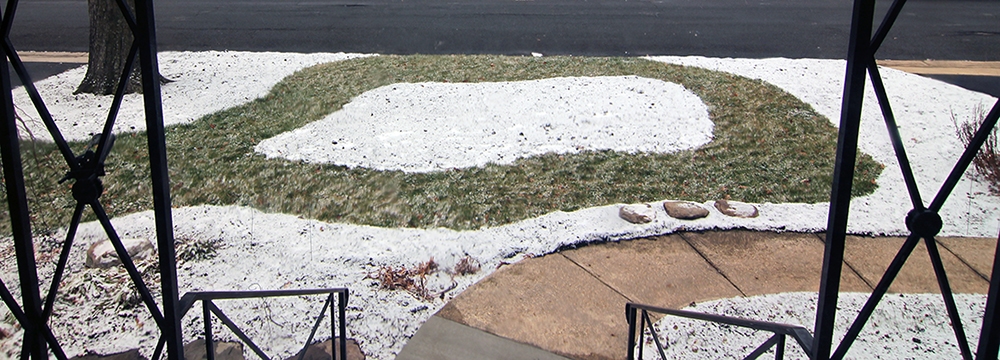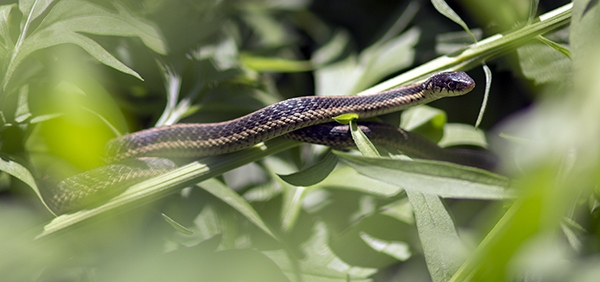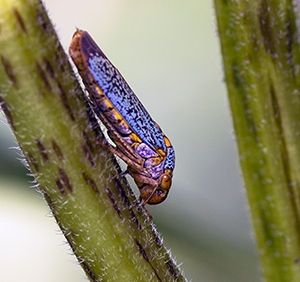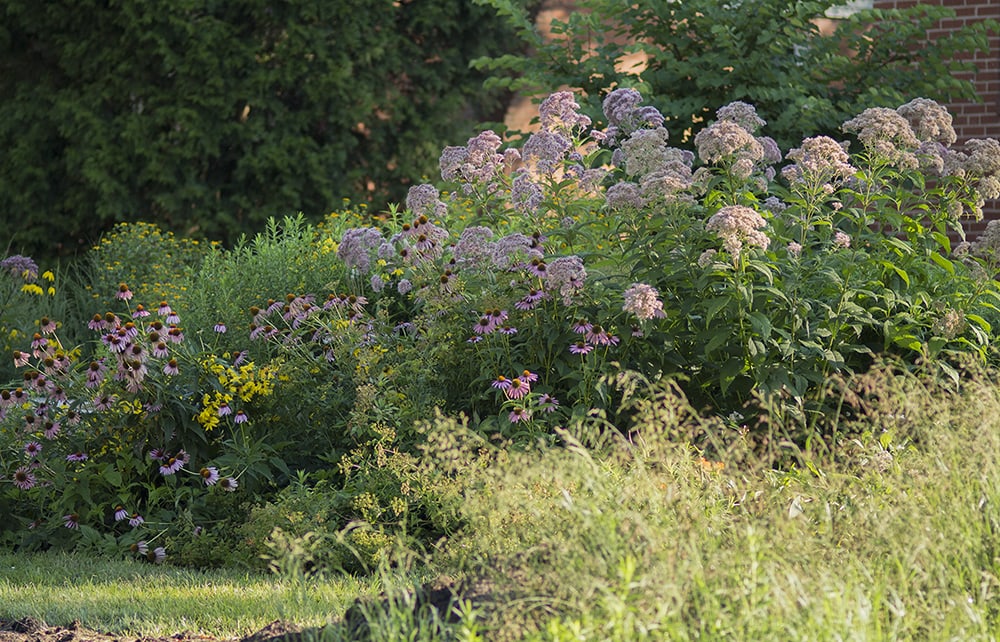THE KILLING OF LAWN (AND THE PLANTING OF NATIVE PLANTS)
I confess. I did it. I smothered our lawn. There was a vibrant swath of lush turf occupying the bulk of the front yard and I quietly murdered it. It was a crime of passion.
Travel with me back to the early winter month of November 2012. That’s when the idea of transforming the lawn into a productive vegetative habitat crept into my head and, like a catchy pop tune, wouldn’t leave my brain alone. Obsessive thoughts of wild creatures. Of seductive native plants. It was early winter, with drab charcoal skies, cool temperatures and growing darkness. The dismal days further fueled my desire to do the dastardly deed of death.
NEWSPAPER & COMPOST: THE WEAPONS OF CHOICE
The new area would be a native perennial island oasis ringed by a narrow path of turf that I would spare. I mowed the large area short. Newspaper I had dumpster dived out of the nearby recycling center was then laid over the sheared grass about four sheets thick. I chucked a few inches of compost over the paper layers, shoveling with the zeal of a demented gravedigger. The act was now complete. All I had to do was wait. Visions of decayed turf grass combined with springtime planting filled my murderous heart with anticipation. It would be a long winter.

FREEDOM FROM CONFORMITY
Although my crime was brazenly perpetrated in broad daylight, no one came by to interrogate me. No legal document was shoved into my compost stained hands demanding me to cease and desist. No uniformed lawn enforcement official slapped me in cuffs and marched me away. Residing in a neighborhood without a Home Owner’s Association certainly has its advantages.
PLANT NATIVE SPECIES AND PLANT THEM DENSELY
Many wintry months later, in spring 2013, the area was ready. “Commence planting!” I shouted with glee. And plant I did. The first year was definitely experimental and a period of observation. What would grow in weird and what would be wonderful? Many of the purchased plugs and the transplants from other areas of the garden grew well but it would be another year before they would fully mature. In early 2014, I lovingly moved some of the plants around. They were happy and grew taller and fuller. By early summer I couldn’t make my way through the center of the island even if I wanted to.
Within and around the new refuge was the expected frenzy of fascinating insects — but the island was magical and it beckoned to other critters as well. I discovered a docile garter snake sunning itself on crisscrossing stems one warm day in June. In late July, a perky song sparrow popped in and out of the miniature forest and I realized she had built a nest in the safety of the foliage. The late summer months were filled with goldfinches delighting in the many seeds. And throughout the summer the neighborhood kids came by to seek out the pretty butterflies and plump bumblebees. Ahh, success! My murder was justified.
The killing of lawn is an environmental act whose time has come. It is surprisingly easy. And truly soul satisfying.


occupy native plant landscapes.

WHY LAWN SHOULD BE REDUCED
Lawn is not a good choice for the health of the planet for many reasons:
- Lawn doesn’t support much life except for Japanese beetle grubs
- Lawn caregivers often put all kinds of toxic chemicals on it
- Lawn essentially acts like concrete, creating storm water runoff
- Gas mowers spew air polluting compounds
- Lawns that are watered waste a precious resource
